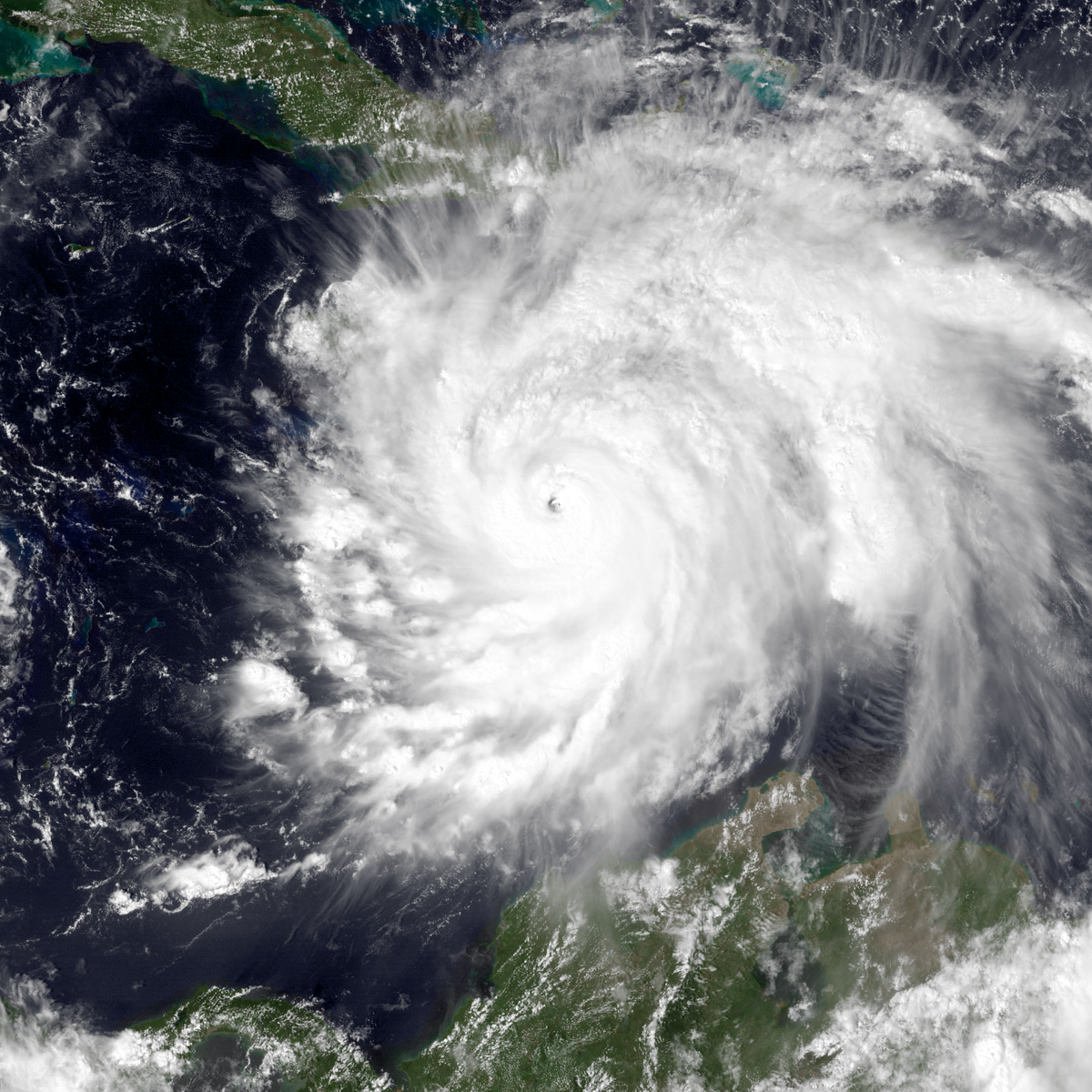Impacts of Tropical Storm Debby

Tropical Storm Debby, a powerful storm that made landfall in Florida in June 2012, left a trail of destruction and disruption in its wake. The storm’s heavy rainfall, strong winds, and storm surge caused significant flooding, wind damage, and power outages across the state.
Flooding
Debby’s heavy rainfall led to widespread flooding across Florida. The storm dumped over 20 inches of rain in some areas, exceeding the state’s average annual rainfall. The heavy rainfall overwhelmed drainage systems and caused rivers and streams to overflow their banks. The flooding inundated homes, businesses, and roads, causing significant damage and displacement.
Wind Damage
While Debby was not a hurricane, its strong winds still caused considerable damage. Wind gusts reached up to 60 mph, damaging roofs, trees, and power lines. The storm’s winds also contributed to the flooding by pushing water inland.
Power Outages
Debby’s strong winds and heavy rainfall caused widespread power outages across Florida. The storm knocked down power lines, leaving hundreds of thousands of residents without electricity. Power outages lasted for days in some areas, disrupting daily life and hampering recovery efforts.
Economic and Social Consequences, Tropical storm debby hurricane
Debby’s impacts had significant economic and social consequences. The flooding and wind damage caused billions of dollars in infrastructure damage. The storm also disrupted businesses and transportation systems, leading to economic losses and job disruptions. The displacement of residents due to flooding and power outages caused social hardship and strain on local resources.
Areas Most Severely Affected
Debby’s impacts were most severe in central Florida, particularly in the Tampa Bay area. The region experienced the heaviest rainfall and flooding, causing significant damage to homes, businesses, and infrastructure. The city of Tampa was particularly hard hit, with widespread flooding and power outages.
Response and Recovery Efforts: Tropical Storm Debby Hurricane

The immediate aftermath of Tropical Storm Debby saw a swift and coordinated response from local, state, and federal authorities. These efforts focused on search and rescue operations, providing essential supplies, and addressing the immediate needs of affected communities.
Local and State Response
Local governments played a crucial role in the initial response, activating emergency management plans and coordinating with first responders. State authorities provided support through the deployment of National Guard units, emergency personnel, and resources. These actions helped to ensure the safety of residents, facilitate evacuation efforts, and begin the process of damage assessment.
Community Initiatives and Volunteer Efforts
The spirit of community resilience was evident in the outpouring of support from individuals and organizations. Local churches, community centers, and non-profit organizations opened their doors to provide shelter, food, and clothing to those displaced by the storm. Volunteer groups organized cleanup efforts, distributed supplies, and offered emotional support to affected residents. The collaborative efforts of these community groups played a significant role in alleviating the immediate hardship faced by many.
Recovery Process and Lessons Learned
The recovery process following Tropical Storm Debby highlighted the importance of effective disaster preparedness and coordination. The prompt response from local and state authorities, combined with the unwavering support of community volunteers, helped to minimize the long-term impacts of the storm. However, the experience also revealed areas for improvement in future disaster response.
- Improved Communication: Ensuring clear and consistent communication channels between different levels of government and community organizations is crucial for a swift and coordinated response.
- Enhanced Infrastructure: Investing in resilient infrastructure, such as flood-resistant buildings and improved drainage systems, can significantly reduce the damage caused by future storms.
- Early Warning Systems: The effectiveness of early warning systems and public awareness campaigns can help residents prepare for potential storms and evacuate safely.
Tropical storm debby hurricane – Tropical Storm Debby brought heavy rain and strong winds to the coast, leaving many families dealing with the aftermath. During times like these, it’s important to find ways to keep children entertained and comfortable. A potty chair with table can be a great tool for young children, providing a dedicated space for them to play and relax while they recover from the storm.
With a little creativity, even a hurricane can be an opportunity for families to bond and find new ways to enjoy their time together.
Tropical Storm Debby brought heavy rains and strong winds, causing significant damage to homes and businesses across the region. Many people were left without power, and some even lost their furniture. This unfortunate event highlights the importance of sturdy, reliable furniture, like that offered by table and chair company , which specializes in high-quality, durable pieces designed to withstand the test of time.
As communities rebuild after the storm, they can count on these resilient furniture pieces to provide comfort and support in the aftermath.
